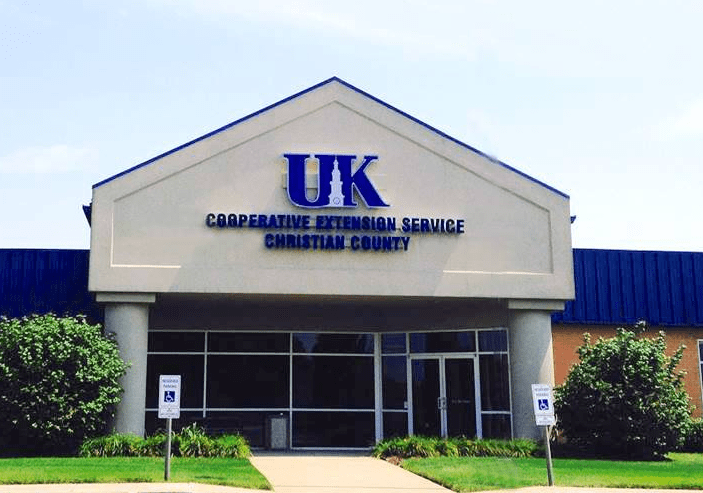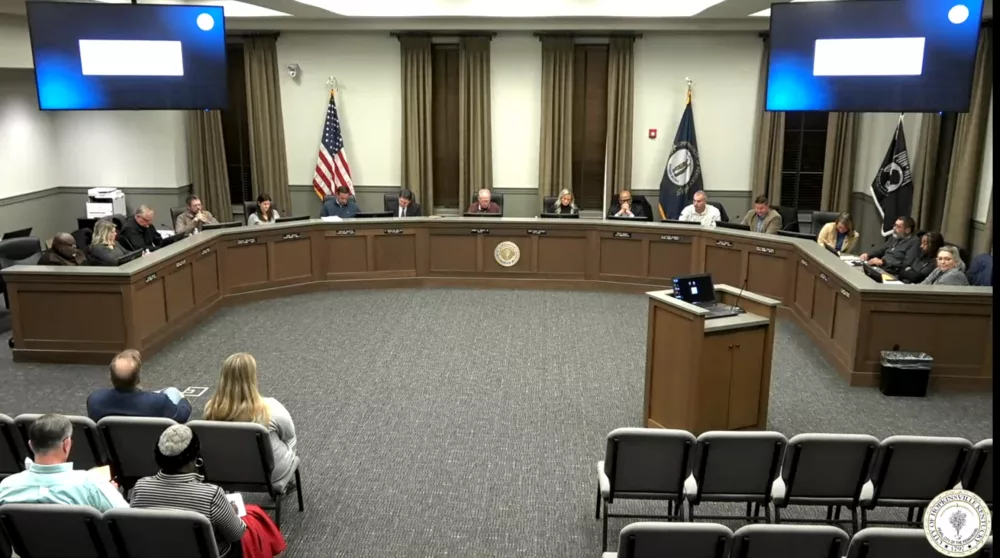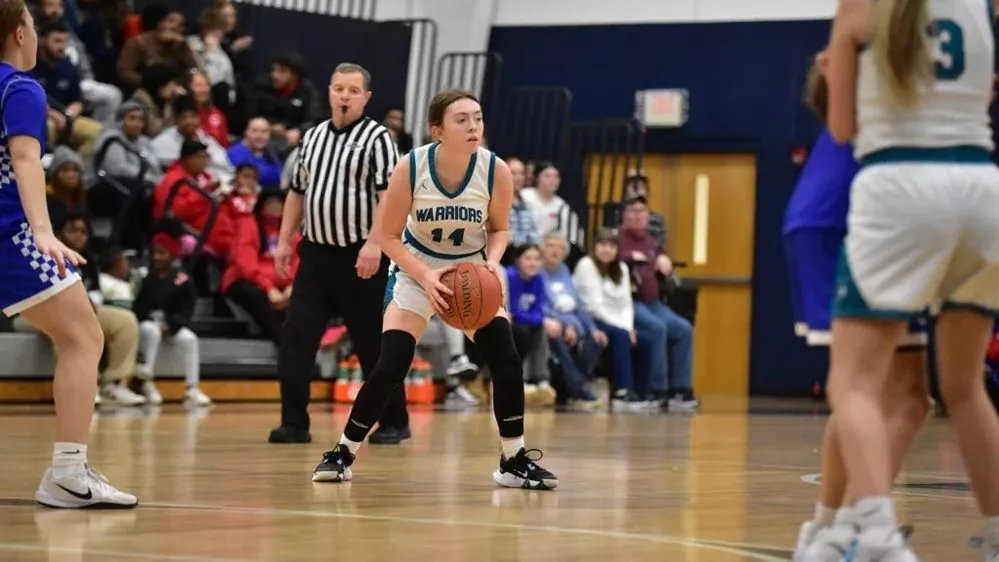Injury to the thin bark of young trees and vines may occur when sunlight heats the lower trunk during the dormant season. If bark tissues are coaxed out of dormancy because of warm temperatures, they can be damaged or killed when the air temperature drops on cold nights. Damage appears in summer as a flattening of the trunk’s side where cell tissue has been killed and becomes more pronounced as the other sides of the trunk continue to grow. Splitting of the bark, and sometimes the wood beneath it, may also result as freeze damage.
Winter trunk damage is referred to as southwest trunk injury as problems are generally found on the south to southwest side of the trunk. The same type of damage can occur on the underside of the lower limbs when there is snow cover and bright, sunny conditions. Sunlight reflected off snow can cause heating on the underside of lower limbs, generally at the base of the limbs. Damage is more apt to occur on younger plants because the bark is thinner and smoother than on older plants.
Preventing or reducing winter injury may be achieved by painting the lower part of the trunk and scaffold limbs with white latex paint in late fall or by wrapping the trunk with a white tree guard. White reflects sunlight and helps keep the trunk temperature lower during the day. Do not use black or other dark color as they absorb the heat instead of reflecting it and make the potential for injury even worse. Prevention is always better than coping with damage after it has occurred. The use of white latex paint or a white guard in fall can help.
Painting is not an option during winter since paint applied during colder temperatures takes longer to dry and increases the chances for plant damage from the paint. White guards can be put on any time after frost but should be removed in spring to prevent insect or disease problems from building up under the guard. If trunk damage has not been too great, the tree may live and fruit well for many years.
To lessen problems with insects the damaged bark should be trimmed back to live, healthy tissue. This eliminates places for insects to hide while feeding and encourages the growth of callus tissue that may overgrow the damaged area. The use of a wound dressing on the damaged area may slow down healing. Instead, cleaning the damaged area as described and spraying the wounded area whenever insecticides and fungicides are applied to the rest of the tree is more desirable.
Wrapping the trunk, tacking the separated bark to the underlying wood, or covering the damaged area with a wound dressing in the hopes that the tissue will heal and reattach itself is usually unsuccessful.
For more information, contact the Christian County Cooperative Extension Service, 270-886-6328.






